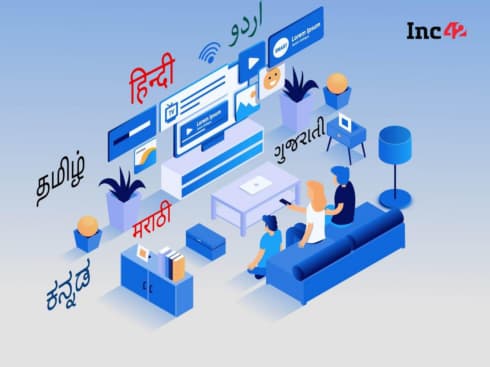
The education tech startups are flocking the market like never before; riding the wave of unceasing learning that’s sweeping the country. The phenomenal growth of online education across the globe is spurred by the fact that e-learning is breaking the barriers of conventional learning formats besides being highly convenient and accessible.
The impact of users acceptance of this learning format can be proportionately seen in the increase in FDI into the online education segment. It is estimated that FDI flow into the education sector from April 2000 to January 2015 is roughly around USD 1,071.15 Mn. This has also led to an increase in number of skilled workers in India.
As per the India Brand Equity Foundation, India will have a whopping 500 Mn workers by 2022. As a result, there will be a constant requirement of up-skilling and knowledge growth to meet the needs of every industry. Hence, the online education landscape is constantly refining itself to cater to the growing needs of learners to provide them with a compelling learning experience.
Today, there are two popular e-learning methods viz. Interactive Learning and Massive Open Online Courses or MOOCs.
Let’s take a look at the levels of efficacy and advantage that both the formats offer to students.
MOOCs
MOOCs or Massive Open Online Courses. They offer voluntary and limitless participation and access to study material for students from some of the most renowned institutes of the world. They can be best described as knowledge forerunners that are fit for learners who opt for distance learning programmes. MOOCs provide access to a plethora of courses from acclaimed institutes, world class courseware along with an interactive platform where students can engage with fellow learners and teachers as well. Initially started as OOC, i.e. Open Online Courses, they were rechristened as MOOCs due to enormous participation by learners and high degree of user acceptability. Lifelong learning opportunities, enhanced accessibility and student engagement are some of the advantages that MOOCs offer.
Although the benefits of MOOCs can’t be ignored, there are certain challenges that inhibit it from enjoying the status of the most beneficial form of e-learning in present day scenario. Limited opportunity for assessment of students’ performance, difficulty in retaining student interest, limited scope for customising the course to meet the learning curve of the pursuant are some of the roadblocks associated with MOOCs.
Interactive Education
Interactivity between the learner, the learning system and the learning material is of utmost importance in online education. In order to compensate for the weakness of traditional pedagogical techniques, Interactive Education technology is fast being embraced by students as well as teachers for a superlative learning experience. Interactive Education gives a platform to students to engage actively with their peers, professors and teachers. Thus, helping them in acquiring knowledge with greater ease.
Interactive Education has a positive impact on the learning curve of students. It helps them grasp knowledge faster and gives them a better understanding of concepts. Interactive Education is time saving and enjoyable due to its social collaborative nature. This is precisely why it is capable of tremendously enhancing retention levels as compared to traditional classroom lectures.
Interactive Education activities are 6 times more likely to ensure efficient learning in students and to enable an adaptive feedback. These advantages of Interactive Education are encouraging MOOCs to include more interactivity in their learning mechanisms.
The online players that provide Interactive Education enable anytime, anywhere learning to effectively address the limitation of time and place. Interactive Education makes for a better-than-the-classroom experience as it empowers two-way communication between the learner and the teacher along with benefits such as access to courses from world-class institutes, high quality content, engaging assessments, socially collaborative and engaging learning experiences.
Due to immense popularity and user acceptability of Interactive learning in the higher education sector, the K-12 space as well as the vocational and skills training segment, many industries are gradually moving towards Interactive Education to give a real-time learning experience to students. This experience involves access to lectures, active engagement with the faculty and the facility to give feedback, ask questions & clear doubts on the spot and ensuring augmented learning.
Why Interactive Education has an edge over MOOCs?
While the current average course completion rate for MOOCs is touted to be 15%, the completion figure for Interactive Education stands at 95.9%. The engagement rate in MOOCs is extremely low at 4 to 5%.
On the other hand, Interactive Education offers 97% engagement. 58% of the learners get enrolled in MOOCs to get a certificate, while in the case of Interactive Education, 100% of the candidates intend to earn a certificate. Both MOOCs and Interactive Education are validated by the HR department of renowned companies. Recorded sessions that MOOCs offer do not involve active interaction between students and teachers. On the contrary, Interactive Education ensures 100% interactivity between the two parties.
The comparison of the two online learning formats clearly reflects that Interactive Education enjoys greater popularity amongst students across the country. Enabling anytime and anywhere learning, Interactive Education forms an important part of the entire education system today. By successfully overcoming the limitations of traditional methods of teaching, Interactive Education is bringing a veritable revolution in the education ecosystem of India by broadening the scope of the learning process.































 Ad-lite browsing experience
Ad-lite browsing experience